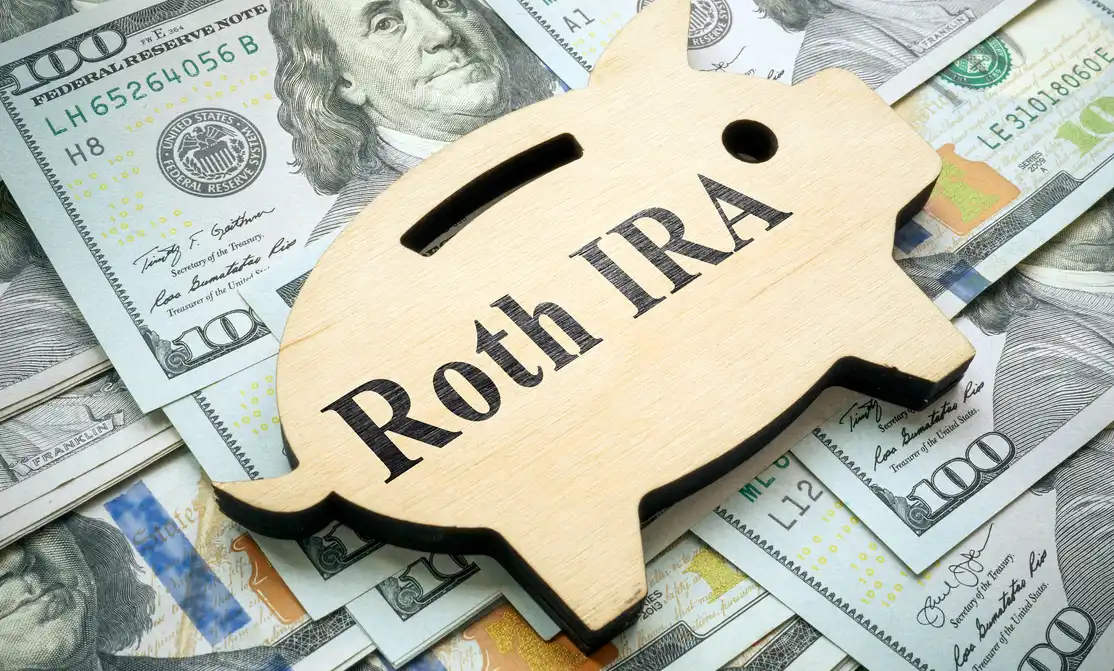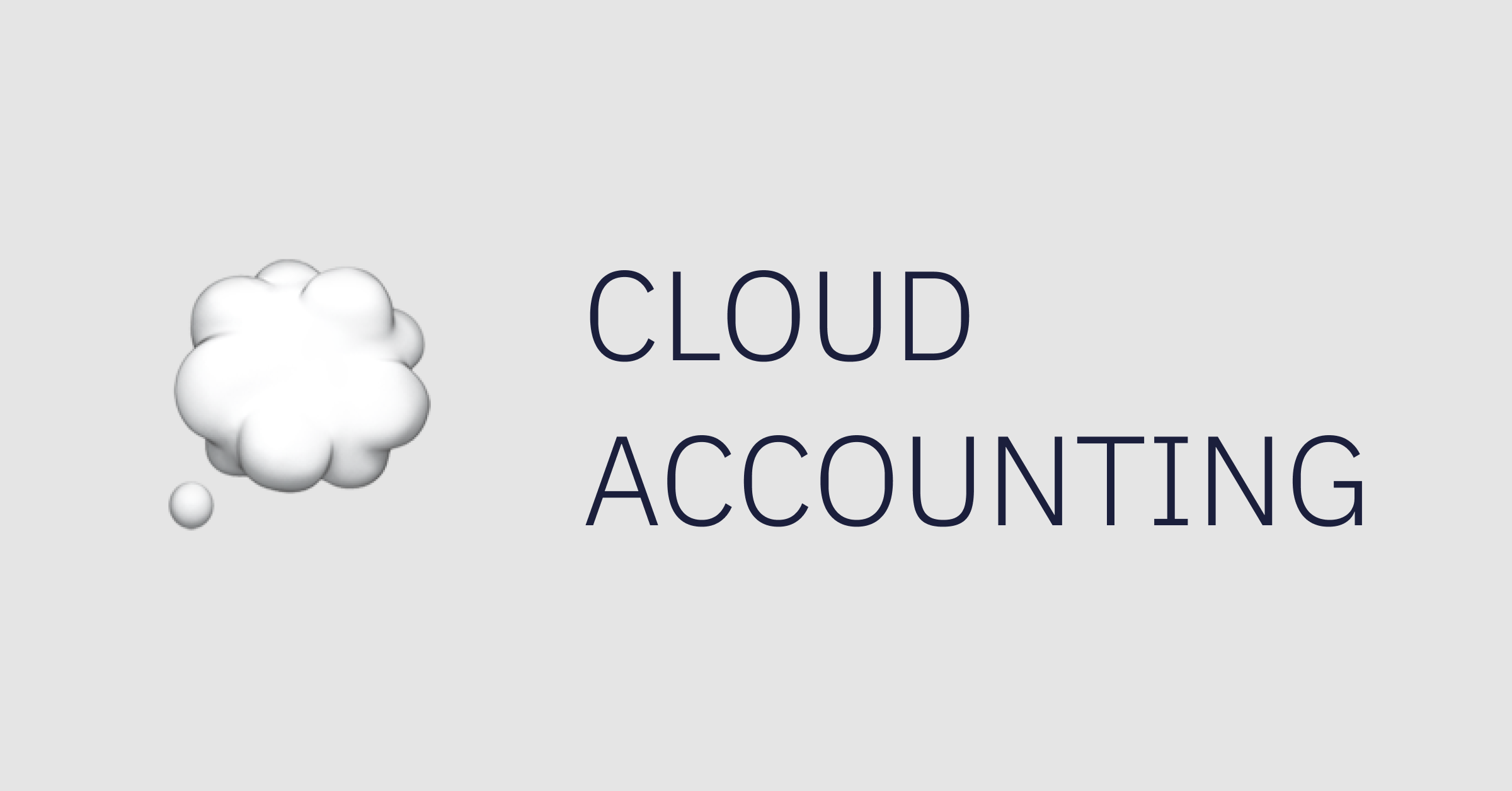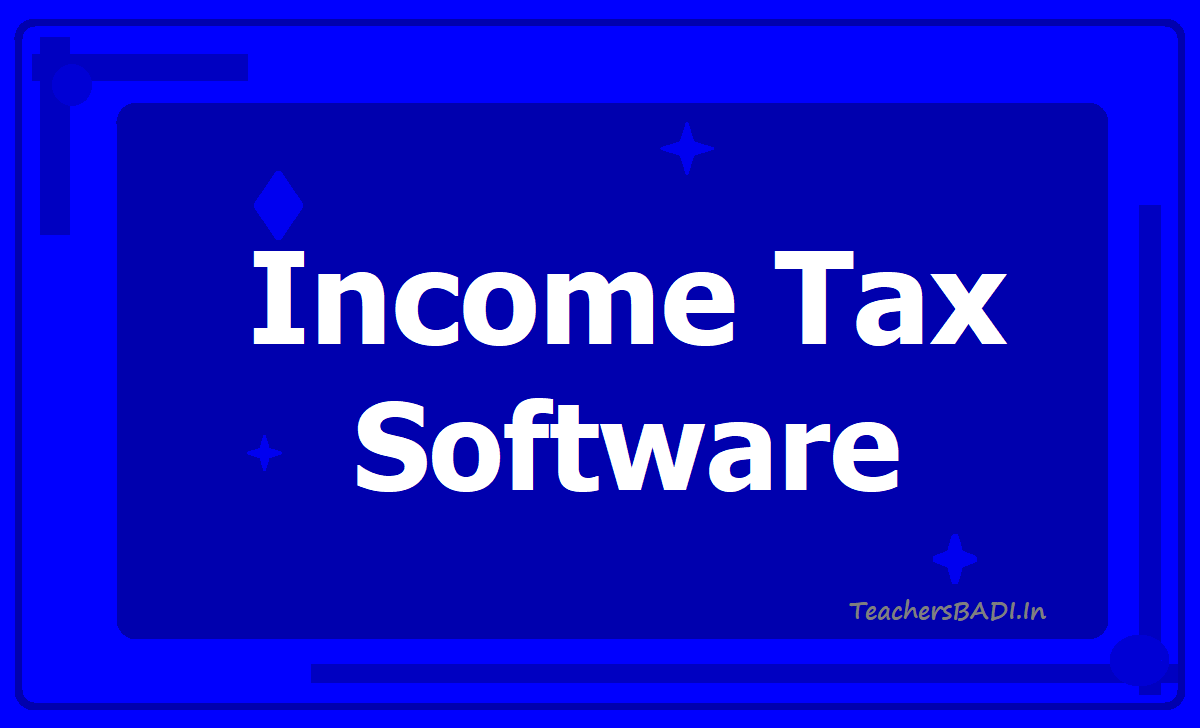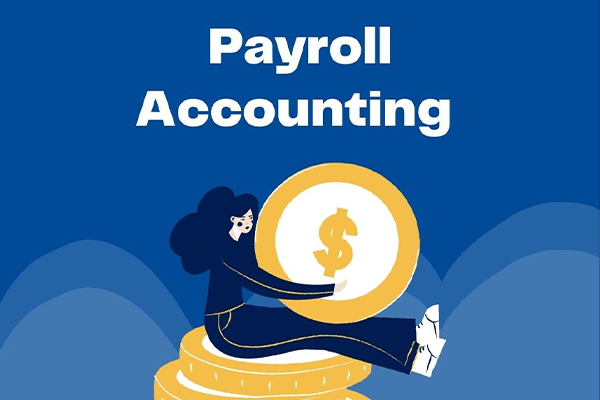Roth IRA


1.Tax-Free Growth and Withdrawals: The primary benefit of a Roth IRA is the tax-free growth of your investments. Once you contribute to a Roth IRA, any earnings on your investments are not subject to income taxes. Additionally, qualified withdrawals are tax-free, providing a tax-efficient income stream during retirement.
2.Flexibility: Roth IRAs offer more flexibility compared to other retirement accounts. You can withdraw your contributions (but not the earnings) at any time without penalty or taxes, making it a versatile option for those who may need access to their funds before retirement.
3.No Required Minimum Distributions (RMDs): Unlike traditional IRAs and 401(k)s, Roth IRAs do not require you to take distributions at a certain age. This allows your investments to continue growing tax-free for as long as you choose.
4.Estate Planning Benefits: Roth IRAs can be a useful tool for estate planning. Since they do not have RMDs, you can leave the entire account to your heirs, who can continue to benefit from tax-free growth and withdrawals.
Eligibility and Contribution Limits
To contribute to a Roth IRA, you must have earned income, and your modified adjusted gross income (MAGI) must fall within certain limits. For 2023, the contribution limits are as follows:
1.For Single Filers: You can contribute the amount if your MAGI is less than $138,000 up to the limit as prescribed by the IRS.
2.For Married Couples Filing Jointly: You can contribute the full amount if your MAGI is less than $218,000 up to the limit as prescribed by the IRS.
Contribution Limit
The maximum contribution limit for 2023 is $6,500 for those under 50 years old and $7,500 for those 50 and older.
Withdrawal Rules
Withdrawals from a Roth IRA are categorized into contributions and earnings.
Non-qualified withdrawals of earnings are subject to income taxes and a 10% penalty.











































